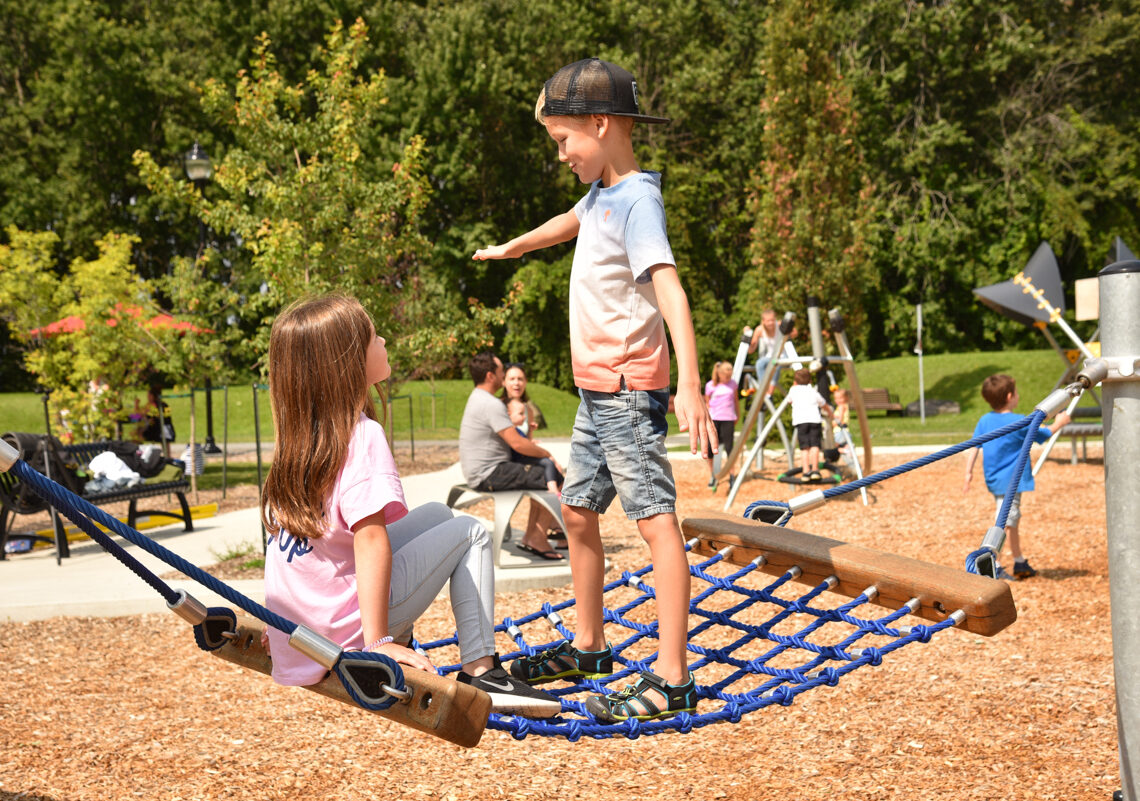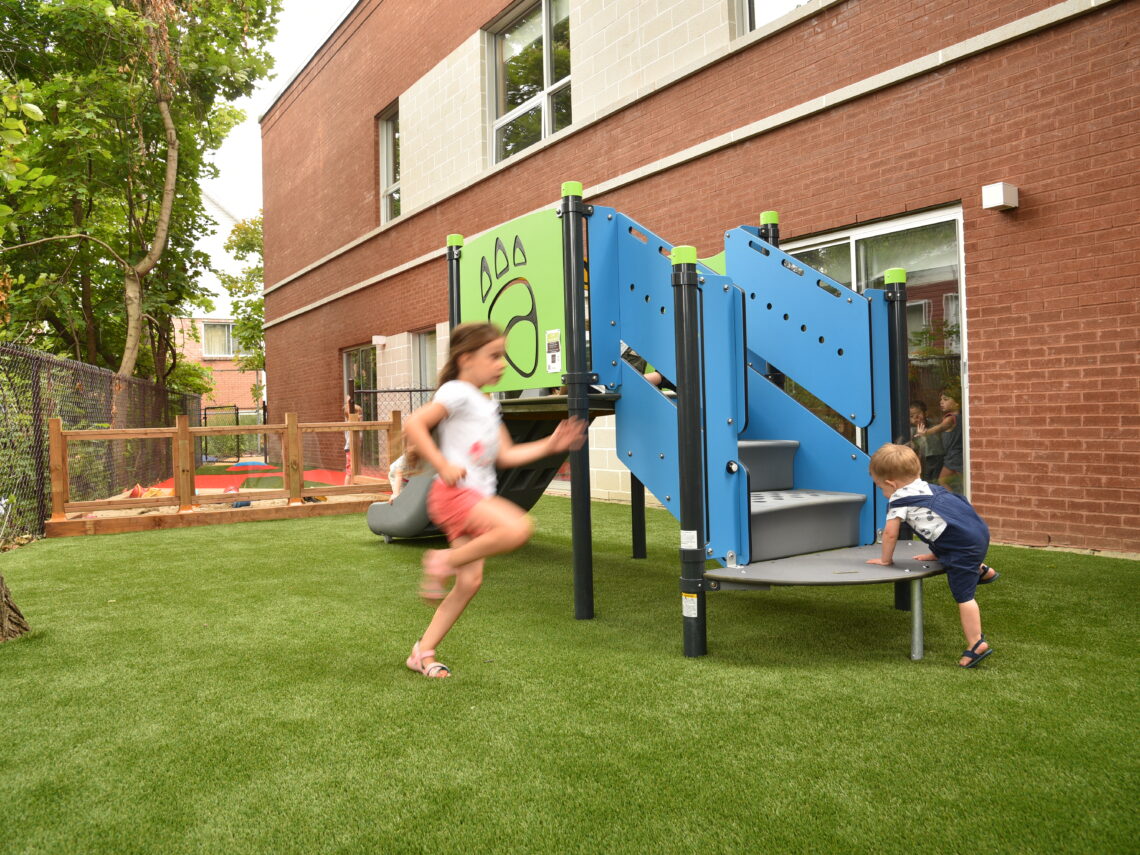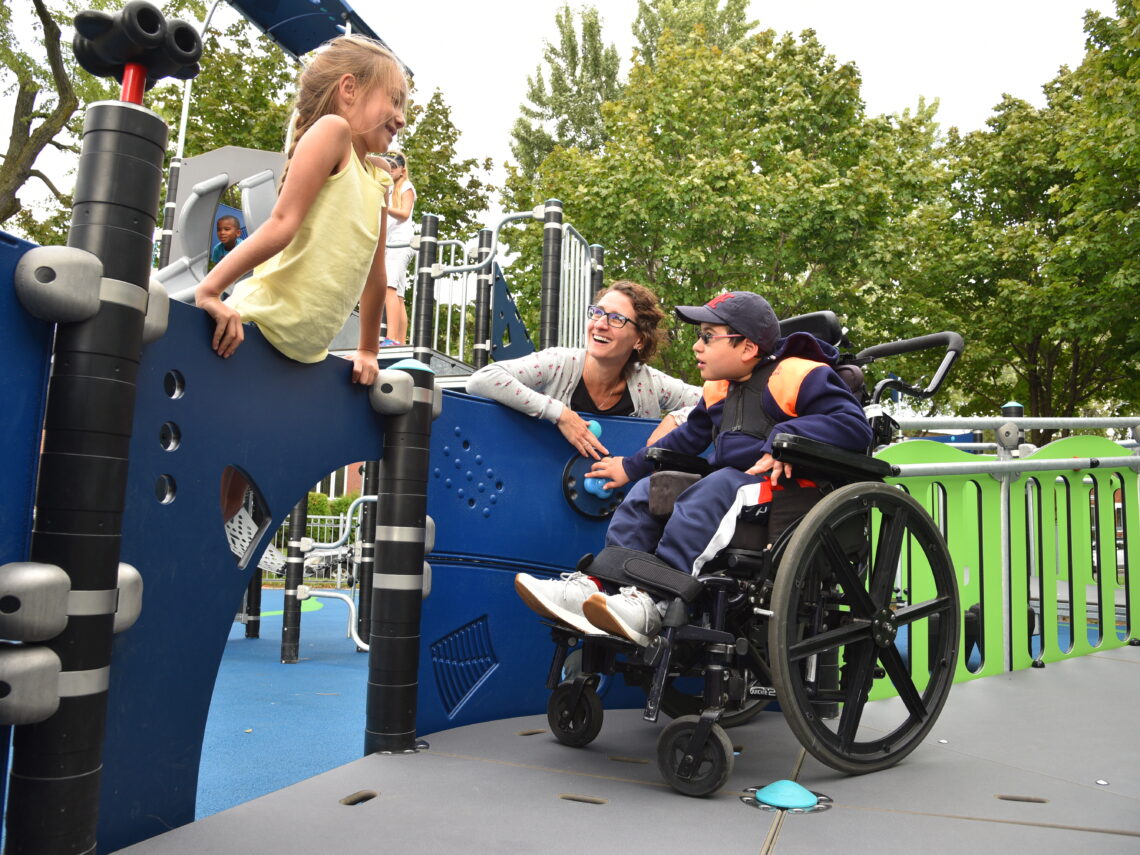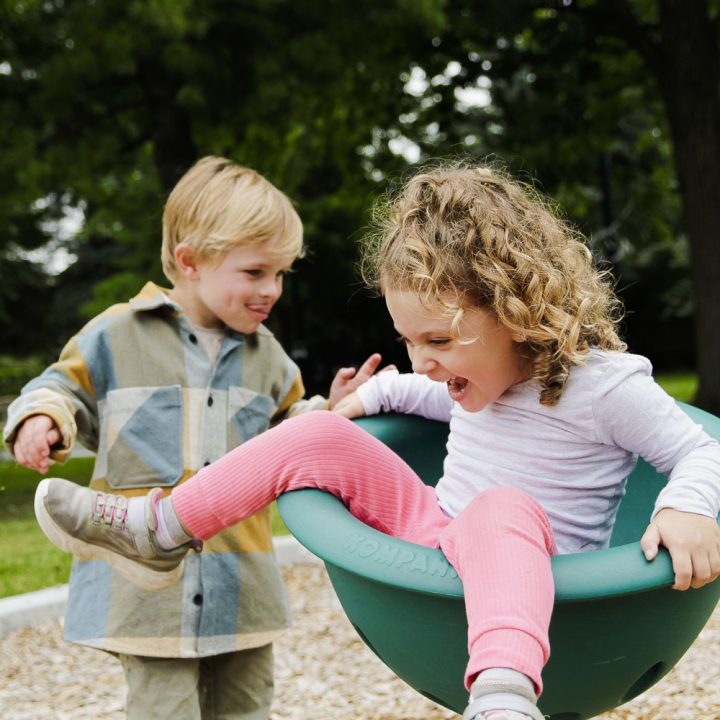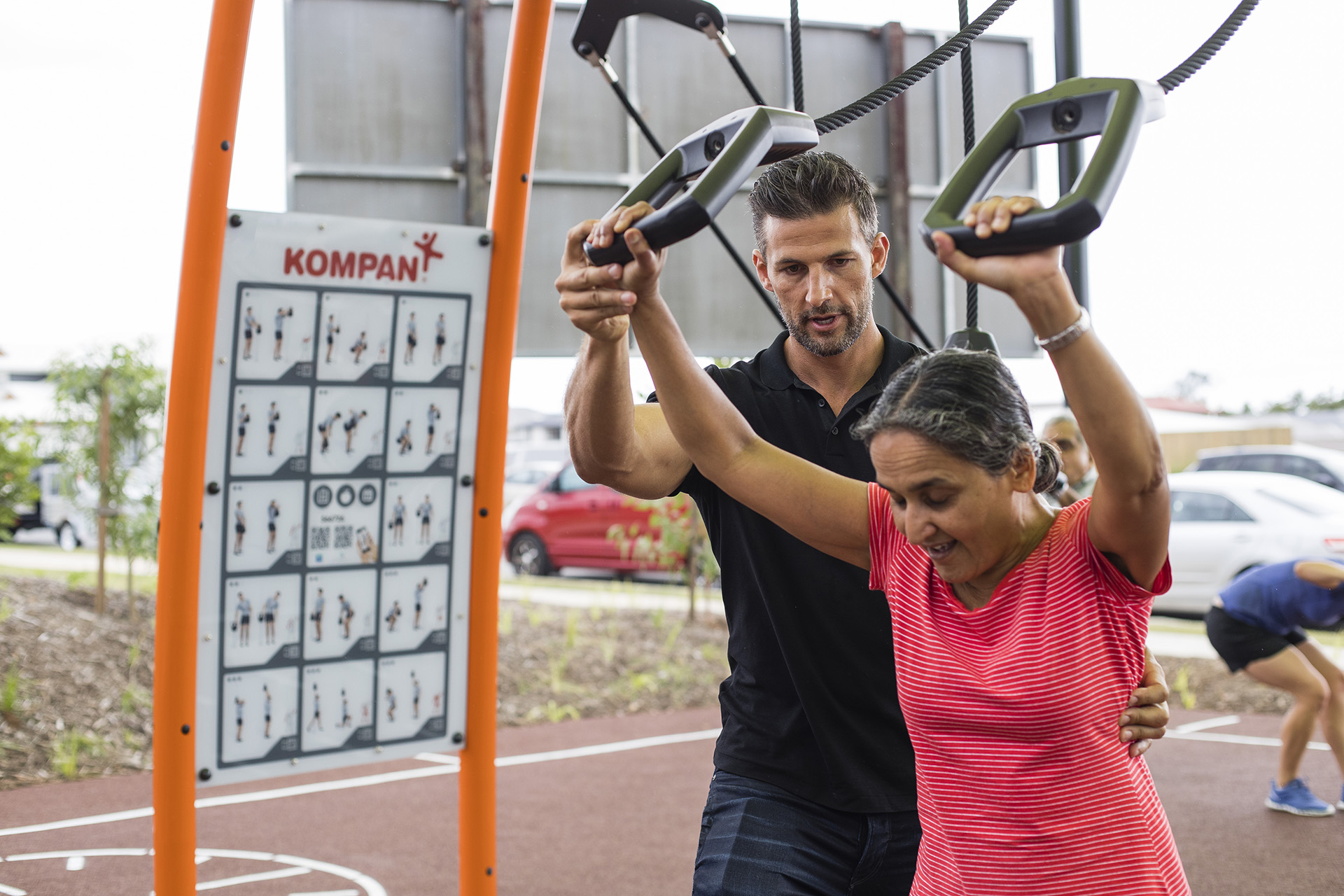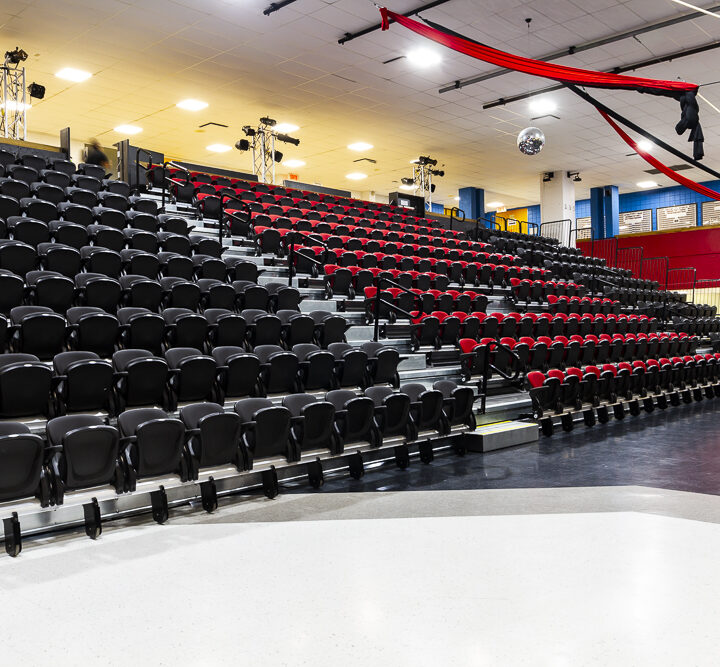IPEMA certifications to CSA-Z614 seal the conformity of components (sometimes an entire play structure) of products for public playgrounds. They ensure safe, fun and developmentally appropriate play areas for children. To clarify their importance, but above all their nuances, here are the true and verifiable notions associated with these certifications.
Text revised by the Institut Québécoise de la Sécurité dans les Aires de Jeu (IQSAJ).
Who is IQSAJ?
IQSAJ’s mission is to support the creation of safe, developmentally appropriate play environments for children. In fact, it is the first non-profit organization in Quebec to offer playground safety training. It also provides services for the development of stimulating yet safe environments.
Definitions
CSA-Z-614
CSA Z614 is a set of technical requirements and principles established by a technical committee of the Canadian Standards Association (CSA Group). It applies to the design, construction, installation, maintenance and testing of playground equipment and protective surfacing.
This standard is specifically designed to encourage the development and use of well-designed, well-maintained, innovative and stimulating play areas. It takes into account the size and other developmental characteristics of children to ensure appropriate play experiences. As with all standards, it is revised periodically. So it’s important to refer to the latest redesign if you’re planning a landscaping project.
IPEMA
IPEMA offers an independent certification service under which TUV America certifies compliance with the requirements of CAN/CSA-Z-614.
The IPEMA certification seal indicates that the manufacturer has received a written attestation from an independent laboratory certifying that the product associated (components, sometimes the play structure) with the seal complies with the CAN/CSA-Z614 standard. This must be kept in the owner’s register.
So what’s the difference?
Standards are seen as best practices identified by people with expertise in their field, and who understand the needs of the organizations they represent. For example; manufacturers, sellers, buyers, customers, trade associations, users or regulators. There is no obligation to follow the requirements of this standard in Canada, unless they have been set out in regulations such as the Réglementation pour les services de garde éducatifs in Quebec, or in municipal or even provincial regulations.
It is important to know that there is no CSA-Z-614 certification, but it is possible to download an IPEMA certificate attesting to the product’s compliance with the standard in force at the time of purchase, particularly in terms of structural integrity, materials and installation (see www.ipema.org).
Attestation vs. certificate
Certification of a product’s structural integrity (including IPEMA certification) is an ongoing process. It involves follow-up factory inspections and detailed monitoring to ensure that products meet requirements. With independent verification services for structural integrity certification, public authorities and industry members can be confident that they are promoting consumer protection and confidence, while complying with local requirements.
If a product has not obtained this third-party certification, the standard states that as an alternative to structural integrity testing, a registered professional engineer must be able to verify, following each installation, that the equipment has the integrity required to withstand the test loads mentioned in the standard. The manufacturer can therefore issue a structural integrity certificate confirming that the equipment it manufactures complies. According to article 9.8, if a product is not certified by the IPEMA organization, it is the customer’s responsibility to ensure that he receives and archives this attestation, resulting from tests carried out by a registered professional engineer, once the equipment has been installed on the site.
In conclusion, everyone’s objective remains the same: to ensure that the children using the structures can enjoy hours of developmental play in complete safety. Let’s give ourselves the tools to create the playgrounds our children need to grow up in peace and quiet. The Atmosphäre team is made up of certified inspectors to help you design your next playground to the current standard.


